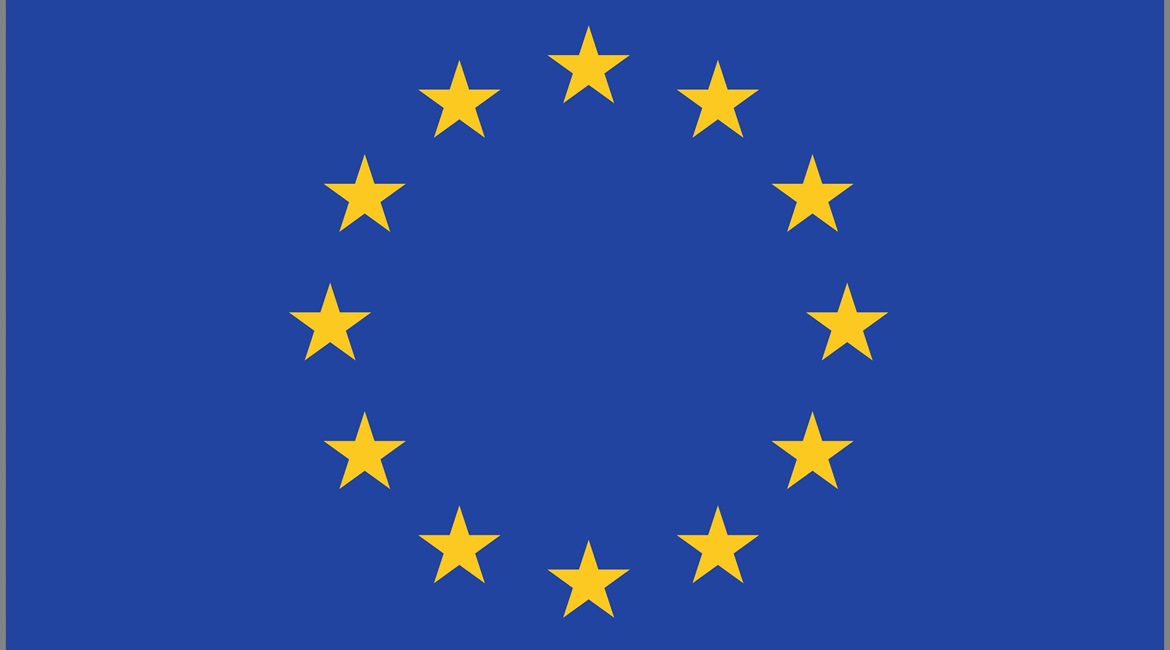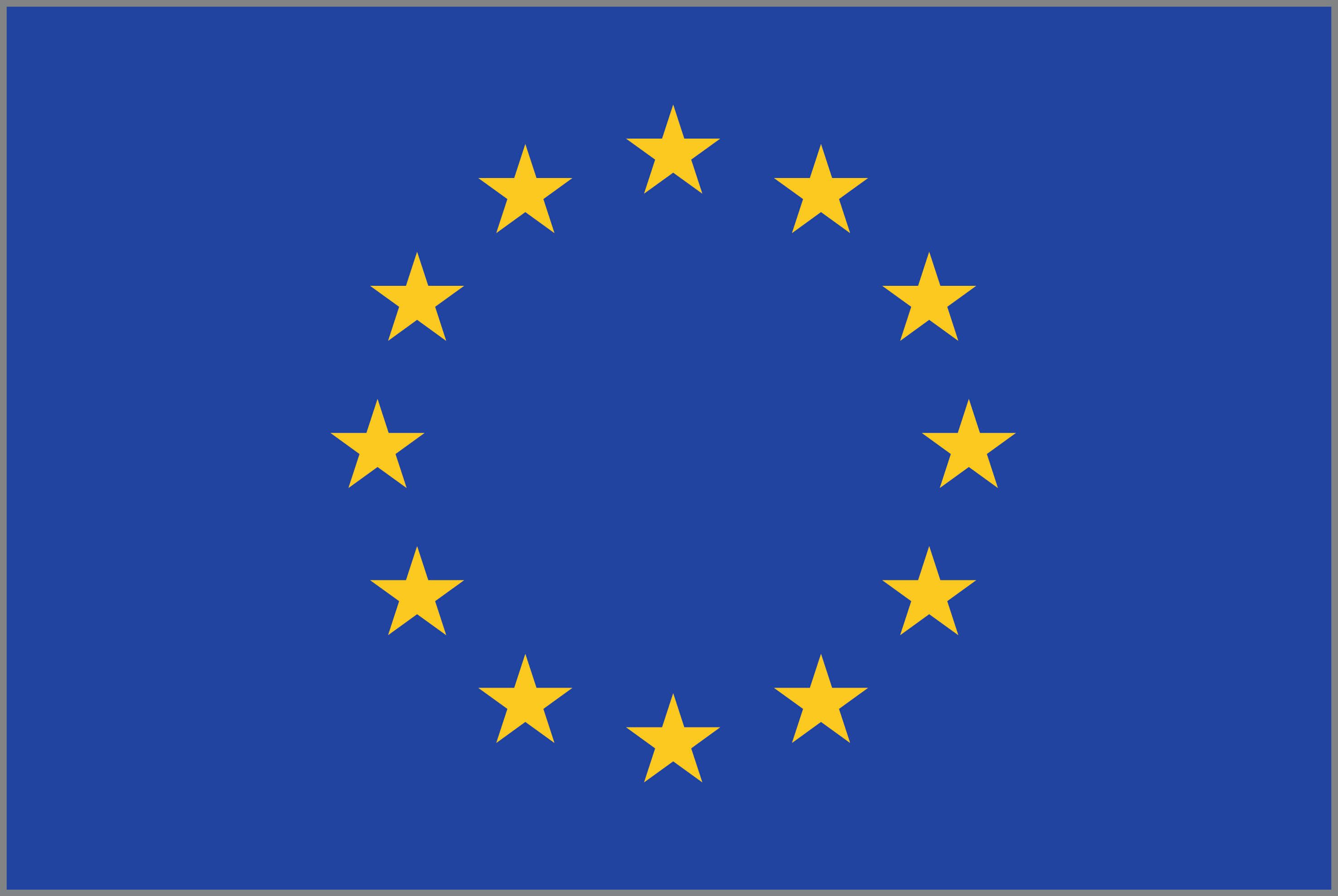
The EU's European Defence Fund (EDF) was officially launched on 30 June and will soon release its first annual round of calls for proposals (CFP) for 2021, worth a total of EUR1.2 billion (USD1.4 billion). Air and missile defence, land systems, disruptive and innovative technologies, energy research, naval combat, and information superiority dominate CFP spending.

The EDF was officially launched on 30 June, to be followed soon by the release of its first annual round of CFP for 2021 totalling EUR1.2 billion. (Getty Images)
The EDF will offer extra financial bonuses to multi-nation consortia with strong participation of start-ups and small players, an incentive, officials hope, that sparks innovation and will help pry open national defence supply lines to cross-border competition.
“We are taking defence co-operation to the next level with the EDF,” said François Arbault. “However, if we are not all aligned toward the same [capability and policy] goals, we will not make it, which is why we are conferring so intensely with national capitals.”
Arbault heads the sector's industrial policy at DG DEFIS, the European Commission's directorate for defence and space. He and others spoke during an online debate and press briefing linked to the 30 June launch.
Two-thirds of the EDF's total budget of EUR8 billion for 2021–27 will support capability development, with the balance going to defence research. It gained its rationale and political approval based on the success of the European Commission's two precursor programmes, worth nearly EUR600 million, that tested the feasibility of EU-funded defence research and capability development.
The forthcoming CFP will be split into 23 topics, ranging from sensors and new materials to force protection and space. Six topics dominate the proposed spending, however, and account for nearly 65% of the CFP's budget.
Looking to read the full article?
Gain unlimited access to Janes news and more...




